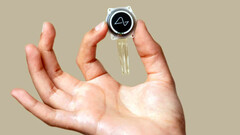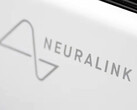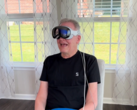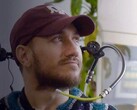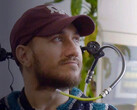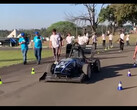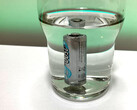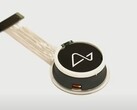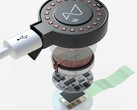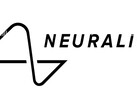After announcing the first clinical trial for its brain-computer interface back in September, Elon Musk's Neuralink has now managed to successfully place a brain implant in a recruited participant. Elon said that the patient with the Neuralink brain implant is recovering well and the team has detected the first neuron spikes, too.
Tesla's CEO also mentioned that Neuralink's first product will be called Telepathy and will aim to allow people like the late Steven Hawking "communicate faster than a speed typist or auctioneer" by using only their brainwaves to control phones and computers. Needless to say, there are plenty of other neurotechnology projects that claim the same goal, but Neuralink's sheer association with Tesla's CEO makes it a prime candidate to be at the forefront of those efforts.
PRIME is exactly the name of Neuralink's clinical study which used the precision of a dedicated surgical robot to attach 1024 electrodes clustered in 64 threads in the respective brain areas responsible for body movement intentions. Candidates for the tiny Neuralink implant were people with quadriplegia due to spinal cord injury or amyotrophic lateral sclerosis (ALS) who have spent a year or more after their injury with no notable motor function improvements.
The N1 implant comes sealed in a tough biocompatible enclosure that is invisible after the insertion and its circuitry can read the movement intentions detected by the electrode threads and beam them for the Neuralink app to translate and make actionable. The implant is powered by a tiny battery which is charged wirelessly from the outside.
Neuralink's whole PRIME study and follow-ups are scheduled to last 6 years, but the primary portion will only take 18 months after which we may learn more about the final product that Elon Musk dubs Telepathy.




